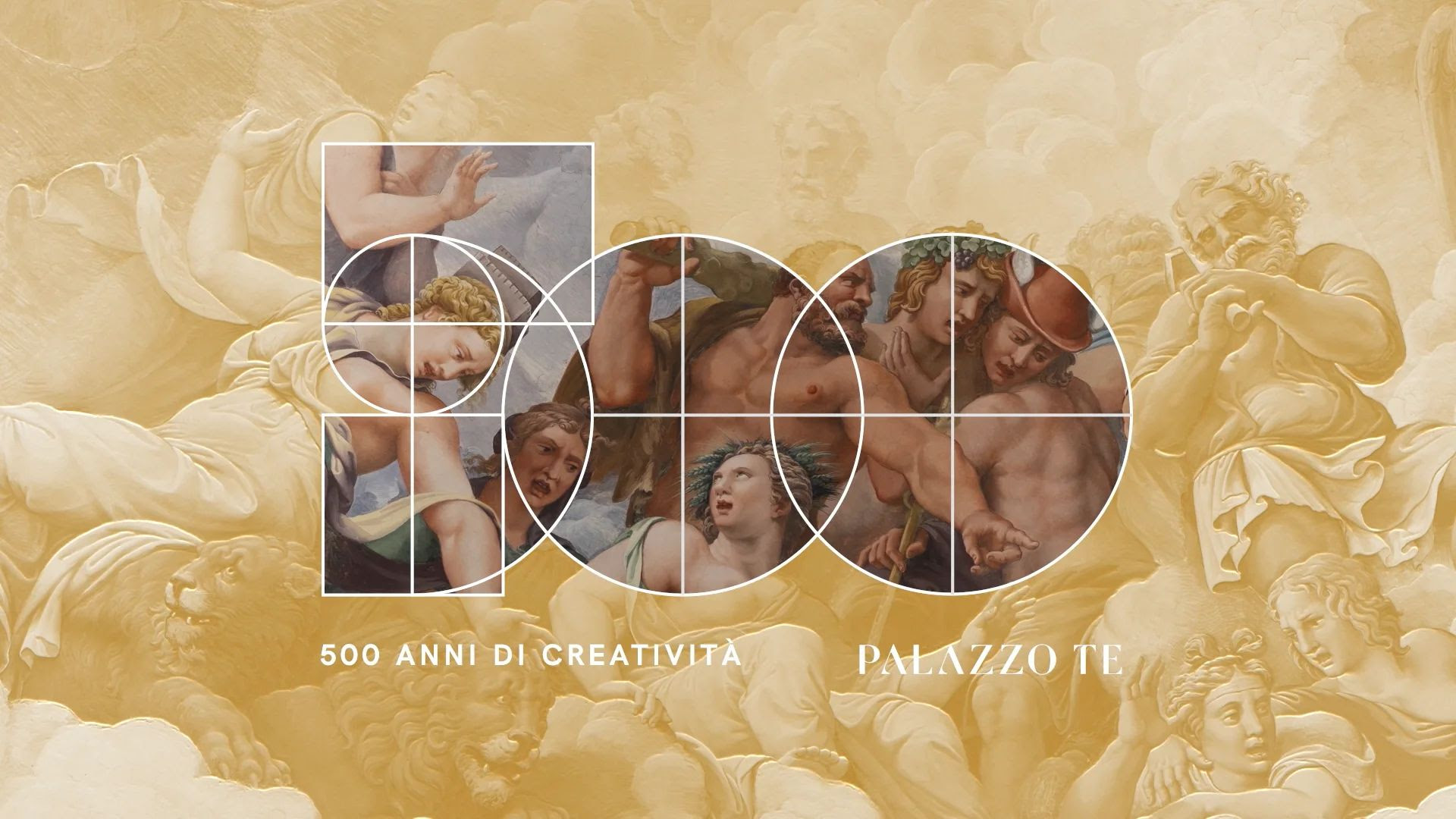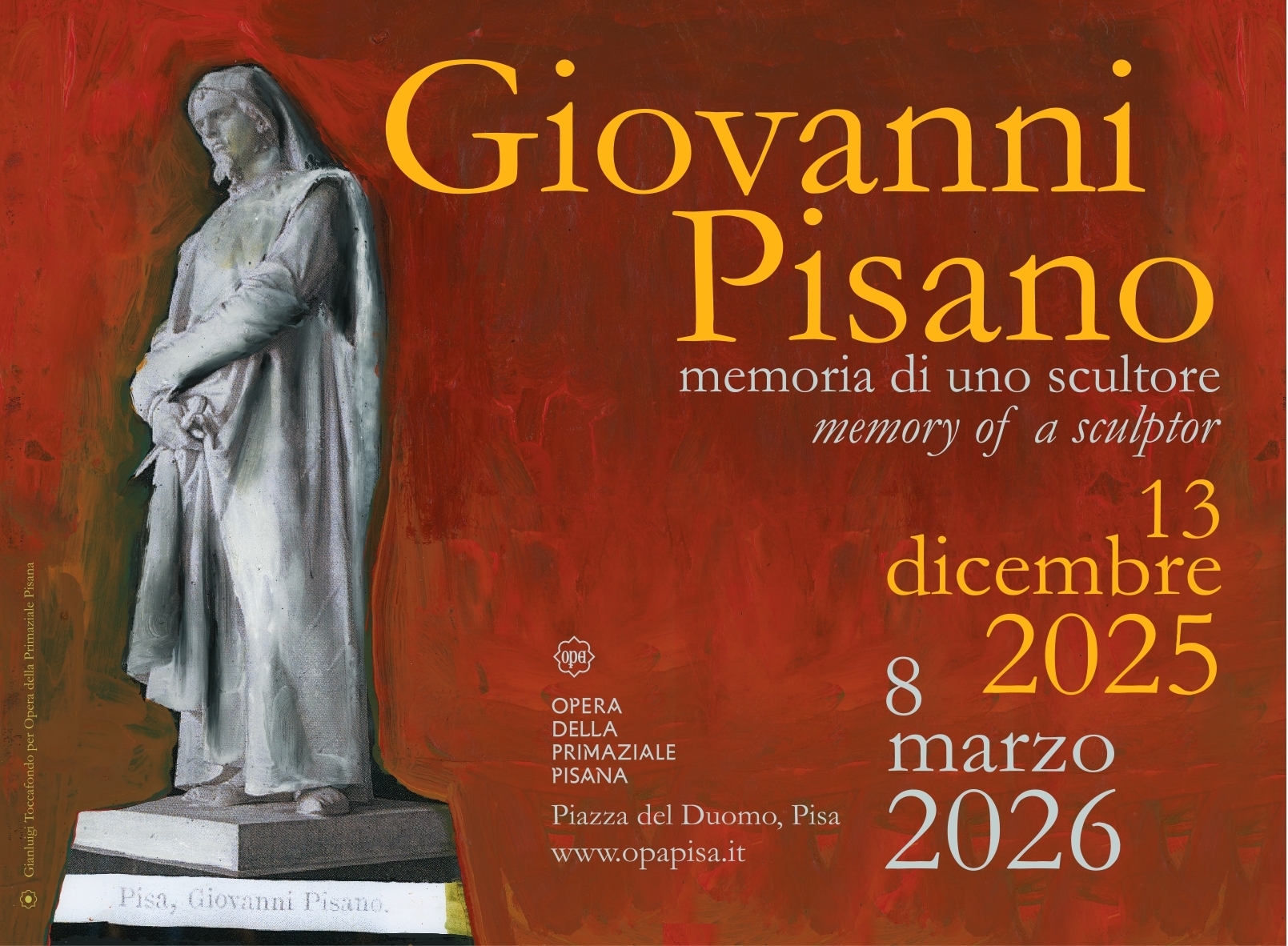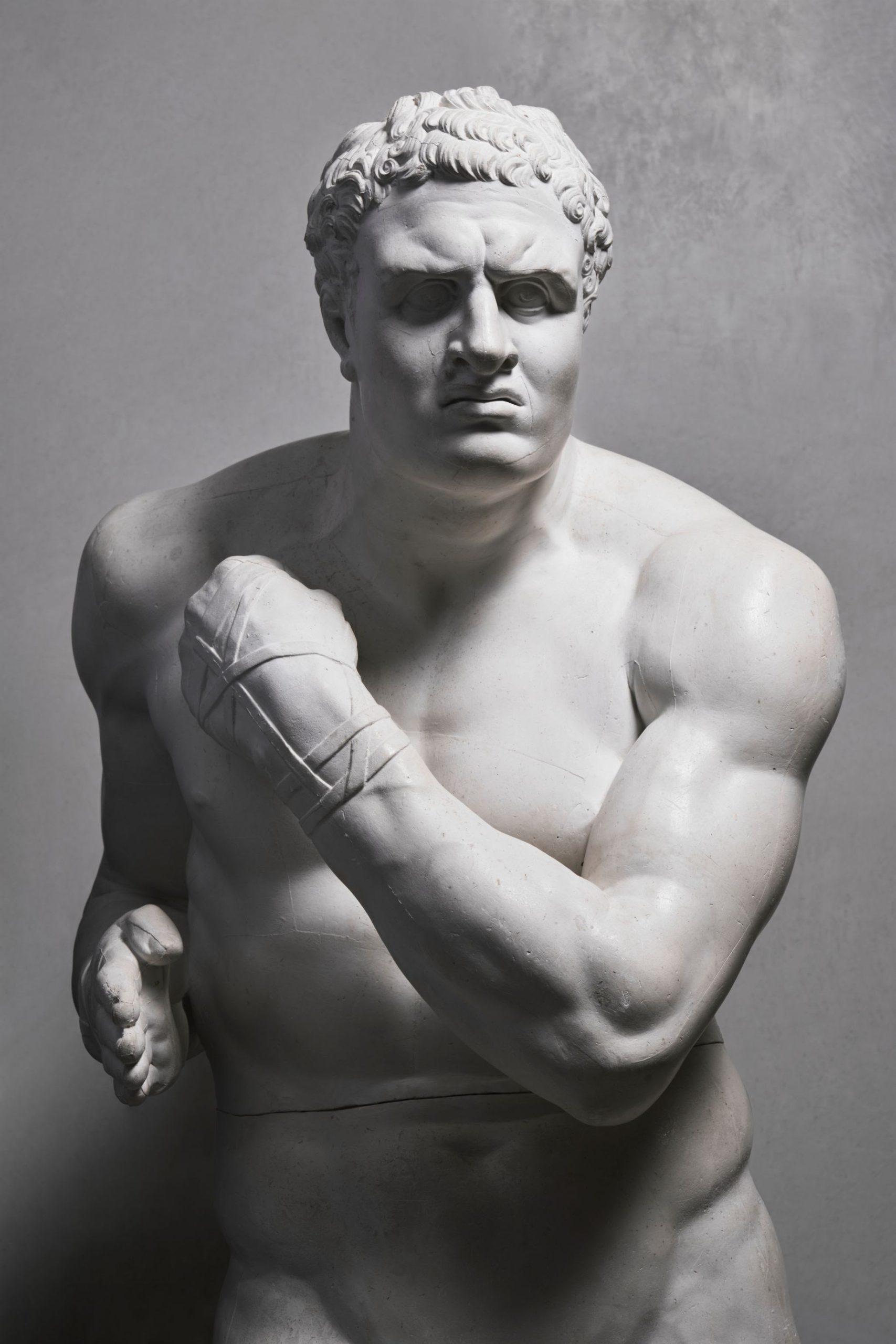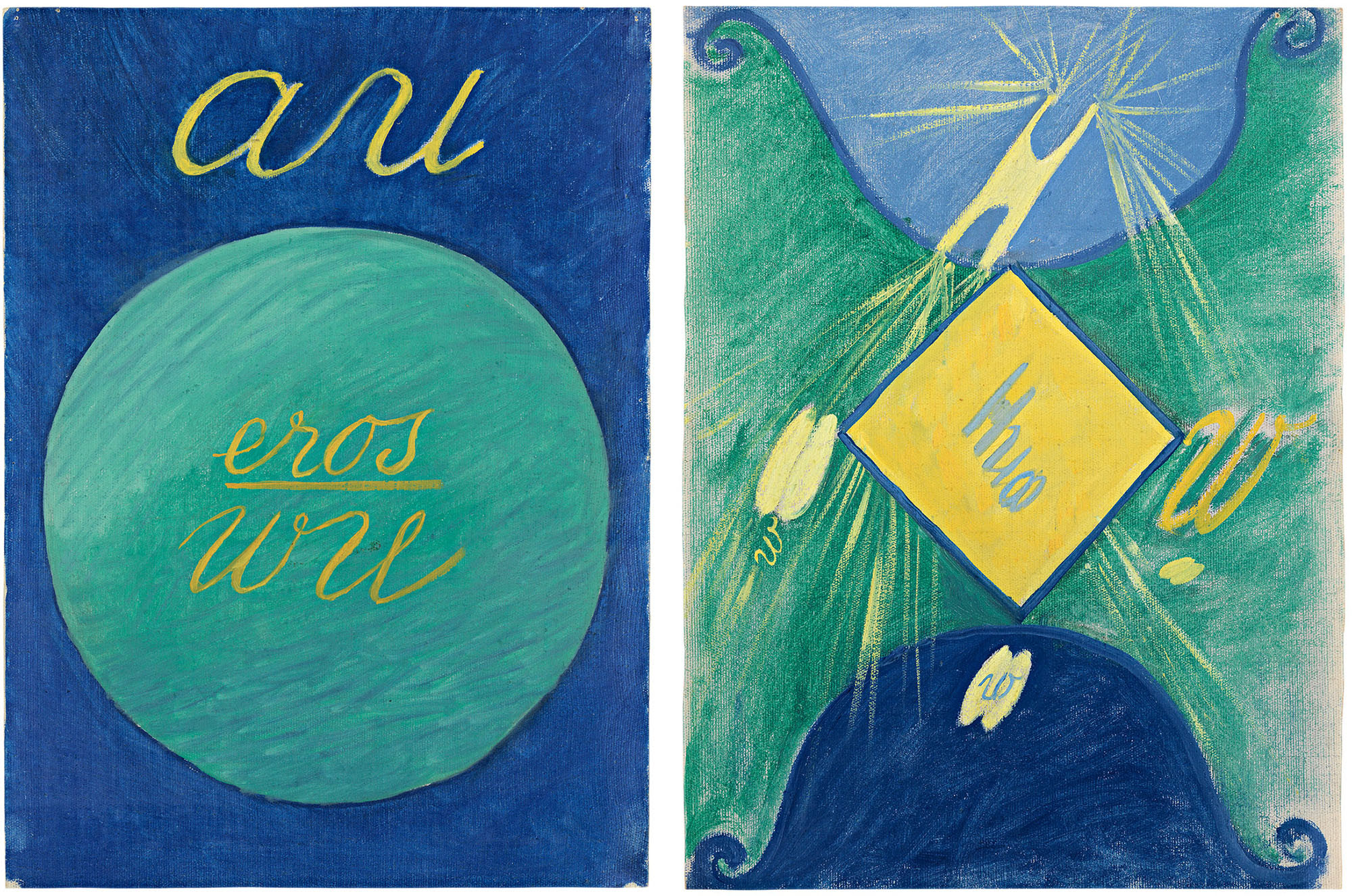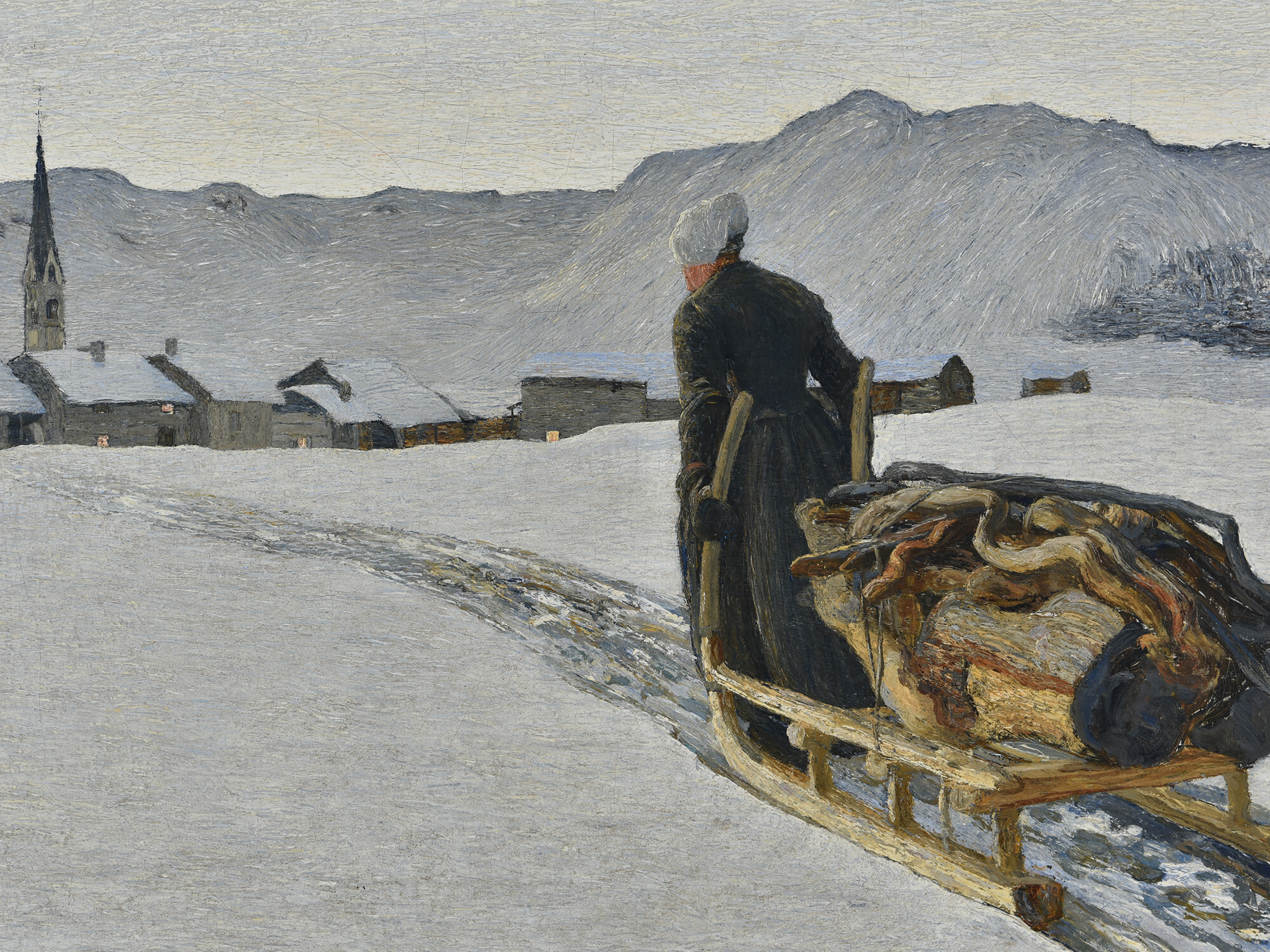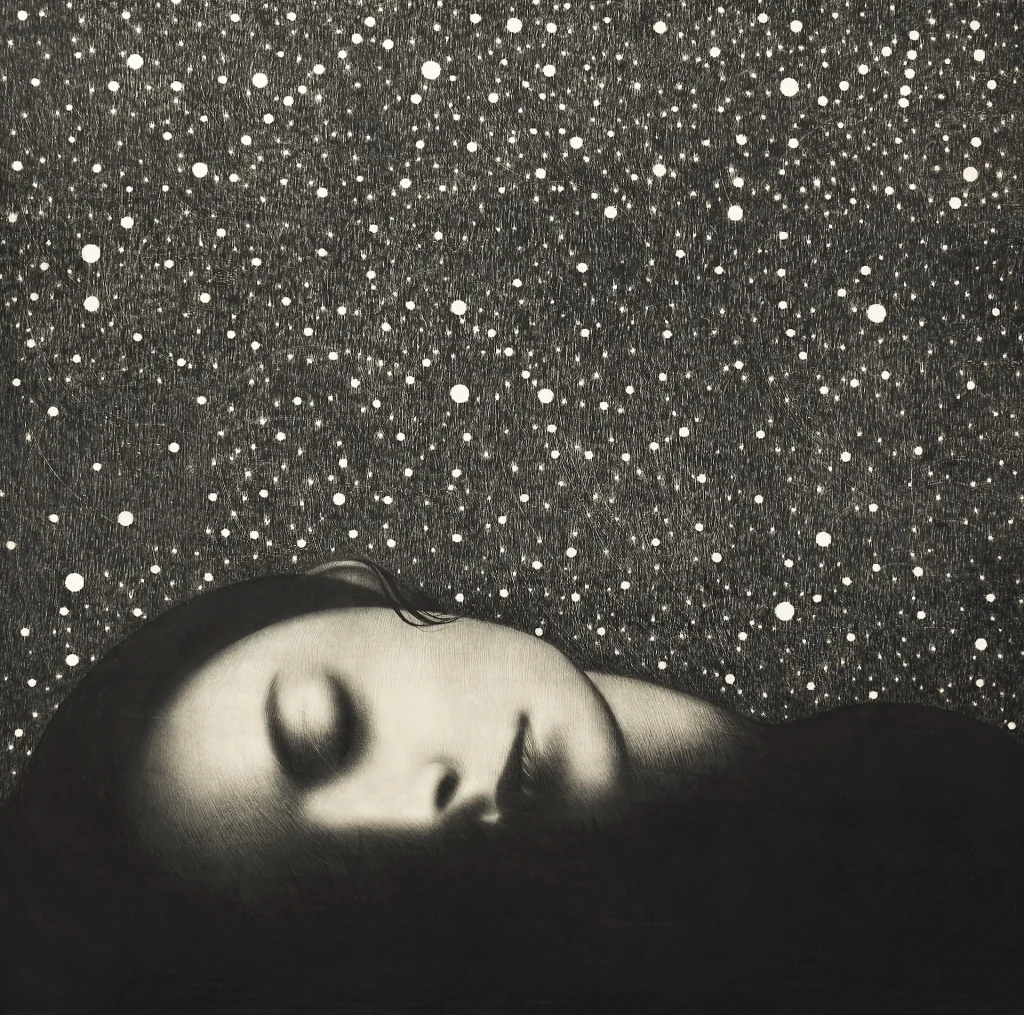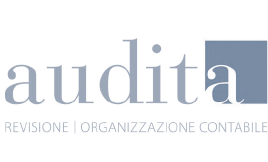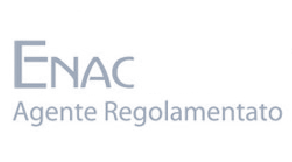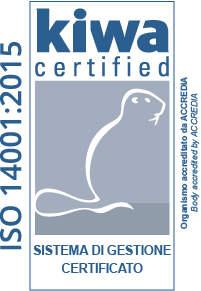Palazzo Te – Mantua
MARCH 29 2025 – JUNE 29 2025
From March 29 to June 29, 2025, the itinerary is enriched with the exhibition From Chaos to Cosmos. Metamorfosi a Palazzo Te curated by Claudia Cieri Via, conceived in dialogue with the frescoes of the palace to rediscover the meaning and importance of this place as a total work of art.
Through a visit itinerary renewed by the presence of a selection of Renaissance masterpieces from the collections of the Louvre Museum, the Albertina in Vienna, the Prado Museum, the Borghese Gallery and the Uffizi, the exhibition brings out in counterpoint the countless references that can arise from a more in-depth reading of the many themes that the Palace displays and preserves.
The exhibition itinerary opens a dialogue between the works of Giulio Romano and other Masters such as Tintoretto, Correggio, Jacopo Zucchi, Rubens, Nicolas Poussin up to the contemporary Giuseppe Penone.
The exhibition starts from the Room dedicated to the Latin poet, with the first section, The Fables of Ovid, which connects the frescoes of Giulio Romano with an important corpus of drawings preserved at the Louvre and the Albertina, which the artist created on the same themes, which can be admired in the subsequent Chamber of Enterprises.
Then we continue in the Chamber of the Sun and the Moon with The cyclicity of time where, under the fresco on the ceiling with the chariot of Apollo and the Moon, there is a copy of Tutti li libri de Ovidio Metamorphoseos tradutti dal litteral al verso vulgar with its allegories in prose and istoratio, important editorial documentation by Niccolò Degli Agostini, a prestigious loan from the National Central Library. The volume was present in the Gonzaga library and realistically Giulio Romano consulted it to start the cycle of Mantua frescoes, as evidenced by details present in this version and not in the Latin original.
The Hall of the Horses, the largest in the Palace, hosts the section Virtue, Eros and Power, in which the engravings by the master Adamo Scultori Hercules strangling the Nemean lion and Hercules and Antaeus, from the Central Institute for Graphics, dialogue with the monochrome frescoes of the room that inspired them. In parallel, the Danae by Correggio from the Galleria Borghese, the Rape of Ganymede and The Fable of Leda by Eugenio Cajés from the Prado evoke the cycle of the Loves of Jupiter that Federico II Gonzaga had commissioned from Correggio on the occasion of Charles V’s stay in Mantua, to tell the love stories of the father of the gods. Another masterpiece exhibited in the room is the Minerva and Arachne by Tintoretto from the Uffizi.
The dialogue does not only take place between ancient fables but also between authors. The section Eros and Sublimation, inside the Chamber of Cupid and Psyche, in fact explores the relationship between Ovid’s narrative and that of Apuleius. The story of the myth of Cupid and Psyche, represented in the vault, is compared with the version by Jacopo Zucchi from the Borghese Gallery which, with the same attention to detail, represents every object present in the room where the god and the beautiful young woman meet. Another important comparison highlighted is that between the fresco of Jupiter and Olympias and the homonymous drawing by Giulio Romano from the Albertina, a scene that concretely shows the transformation of divinity.
The Hall of the Winds is the theater of metamorphosis understood as the continuous movement of the cosmos, here represented by winds and constellations that influence the characters of men, and as chaos that activates themes such as the double, the hybrid and the transformation of bodies and forms.
In this part of the itinerary entitledFrom chaos, to the double, to the hybrid, to metamorphoses in movement the protagonist is the myth of Narcissus, the double par excellence, with Narcissus at the fountain by Boltraffio from the Uffizi, and that of the nymph Echo narrated by Salmacis and Hermaphrodite by Scarsellino on loan from the Galleria Borghese.
The Chamber of the Eagles which houses the Fall of Phaeton is the ideal setting for the section Pride, Punishment, Violations. Here, among the stuccoes of the vault, metamorphosis takes on the meaning of an instrument of deception used by the gods of Olympus to ensnare young nymphs, a theme recounted by Neptune kidnapping Amphitrite by Giulio Romano and the Rape of Proserpina by Rubens from the Musée du Petit Palais in Paris, and probably inspired by his stay in Mantua in the first decade of the seventeenth century.
Ovid’s Metamorphoses are also a source of inspiration for contemporary artists such as Giuseppe Penone who in the section Performances of nature, in nature presents his bronze Daphne who seeks a sublimation of the natural and animal world like the nymph who, to escape the violence of Apollo, transforms herself into a laurel plant.
«Metamorphosis also involves the life of human beings, animals and plants, to arrive at hybridizations, deformations and changes also recognizable in literature and contemporary art – explains Claudia Cieri Via, curator of the exhibition –. In this perspective, a work like Dafne by Giuseppe Penone was chosen, an artist who works on living matter with exemplary and all-encompassing vigor, as revealed by the poetic-philosophical annotations that accompany his drawings. This interpenetration between nature and matter, between art and poetry, emerges in a very similar way in the work of both the artist and Giulio Romano».
The sectionFrom myth to ancient history to triumphs proposes another journey through time with Aby Warburg of whom in the Camera degli Stucchi you can see a photo of the historic exhibition of 1927, when the Hamburg art historian designed Ovid Austellung starting from the Metamorphoses and studying the survival of the Ancient in the art of the Renaissance.
The themes addressed in his paintings range from pursuit to kidnapping, from sacrificial death to human sacrifice, from sacrificial dance to funeral lament. According to Warburg, Ovid’s text is transformed “into a treasure chest for the expressive values of psychological dynamics” that the exhibition project intercepts and punctually connects to the itinerary and the selected artists.
From Chaos to Cosmos: the triumph of Ovid is the final section of the itinerary that, between interweavings and references spread throughout the building, aims to be a tribute to Ovid himself. The importance of the Metamorphoses, in fact, consists in the radical novelty with which the poet – celebrated by the painting by Nicolas Poussin from the Gallerie Nazionali di Arte Antica, Galleria Corsini in which his Triumph is depicted in the guise of Giovan Battista Marino, the greatest poet and man of letters of the seventeenth century – addresses the subject of the myth that, behind the appearance of a fable, hides a high moral meaning.
For information: www.centropalazzote.it

